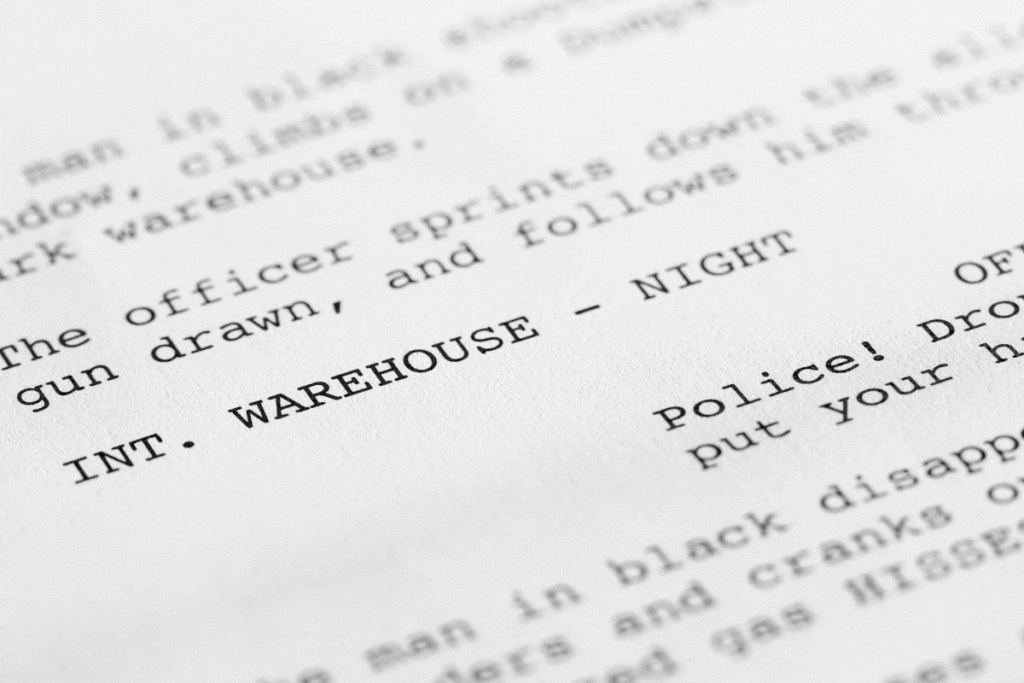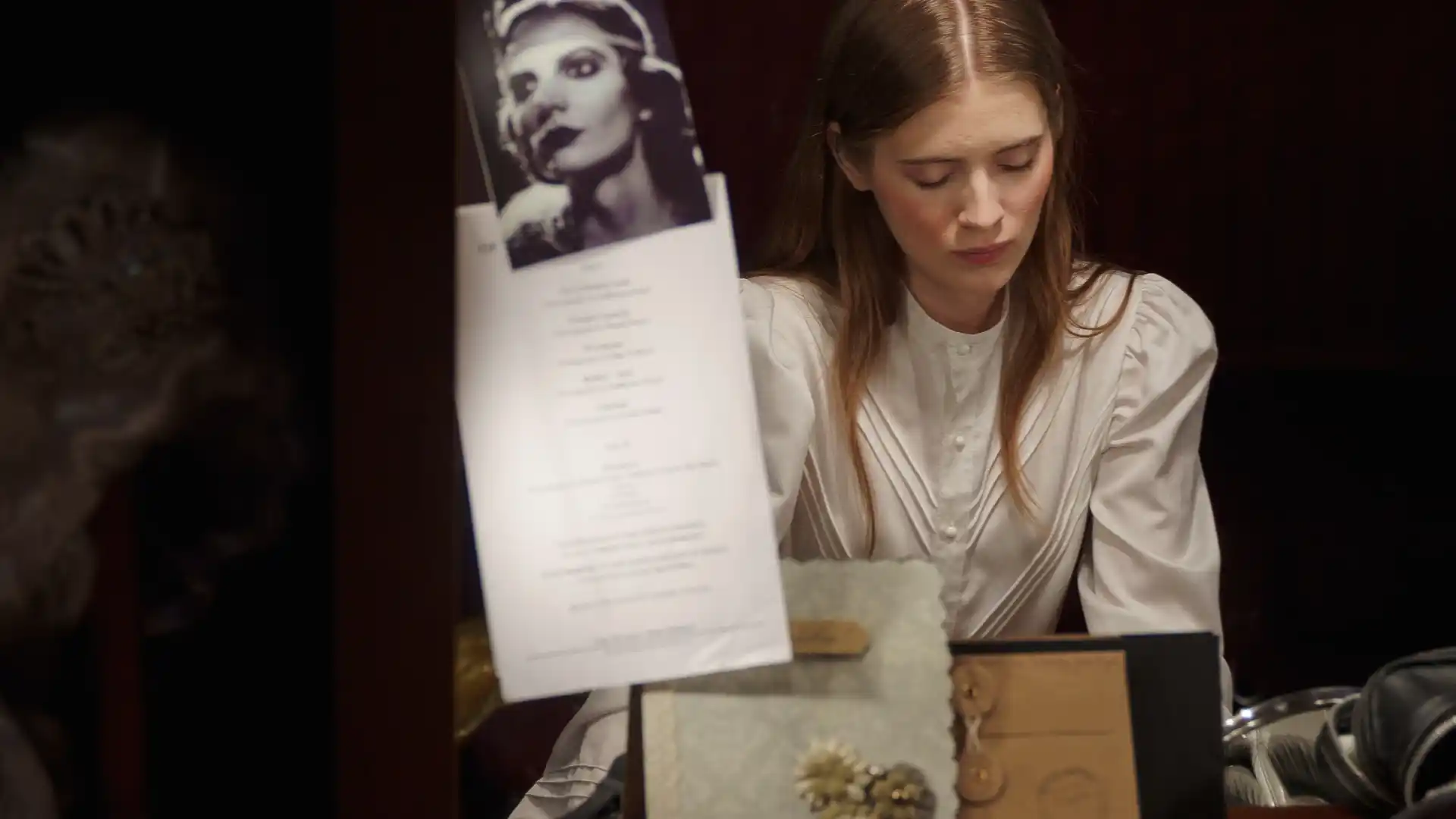Mastering the Art of Crafting Captivating Movie Dialogue
Dialogue is one of the most important elements of a movie. It can make or break a scene, and even the entire film. Writing engaging movie dialogue is a skill that takes time and practice to develop. In this article, we’ll explore some tips and techniques that can help you master the art of crafting captivating movie dialogue.
Know Your Characters
The first step to writing engaging movie dialogue is to know your characters. You need to understand their personalities, their backgrounds, their motivations, and their goals. This will help you create dialogue that is authentic and true to the character.
For example, if you’re writing a scene between a shy introvert and an outgoing extrovert, you’ll want to make sure that the dialogue reflects their personalities. The introvert might speak in short, hesitant sentences, while the extrovert might be more talkative and outgoing.
Make it Sound Natural
One of the biggest mistakes that writers make when writing movie dialogue is making it sound too forced or unnatural. Dialogue should sound like something that real people would say in real life.
To make your dialogue sound natural, try reading it out loud. This will help you identify any awkward or stilted phrases that need to be reworked. You can also try recording yourself speaking the dialogue and listening back to it. This can help you identify any areas that need improvement.
Use Subtext
Subtext is the underlying meaning behind the words that are spoken in a scene. It’s what the characters are really saying, even if they’re not saying it outright. Using subtext in your dialogue can add depth and complexity to your characters and your story.
For example, a character might say “I’m fine” when asked how they’re doing, but their body language and tone of voice might indicate that they’re actually upset or angry. This creates tension and conflict in the scene.
Keep it Simple
Movie dialogue should be easy to understand and follow. Complex sentences and long-winded speeches can be confusing for the audience and detract from the story.
To keep your dialogue simple, try using short sentences and avoiding technical jargon or complicated language. Use contractions and colloquialisms to make the dialogue sound more natural.
Show, Don’t Tell
One of the golden rules of writing is to “show, don’t tell.” This means that instead of telling the audience what’s happening, you should show it through action and dialogue.
For example, instead of having a character say “I’m really angry,” you could show them slamming a door or punching a wall. This conveys the same message to the audience without resorting to telling them outright.
Use Dialogue to Move the Story Forward
Every scene in a movie should move the story forward in some way. Dialogue is a great way to accomplish this. Use dialogue to reveal information, create conflict, or advance the plot.
For example, a character might reveal a key piece of information in a conversation, or two characters might argue about what to do next, creating tension and conflict.
Key Takeaways
- Know your characters and their personalities.
- Make your dialogue sound natural.
- Use subtext to add depth and complexity.
- Keep it simple and easy to understand.
- Show, don’t tell.
- Use dialogue to move the story forward.
If you’re serious about pursuing a career in the film and TV industry, consider taking the NYU Film and TV Industry Essentials online course and certificate program. This program is designed to give you a comprehensive understanding of the industry and the skills you need to succeed.








